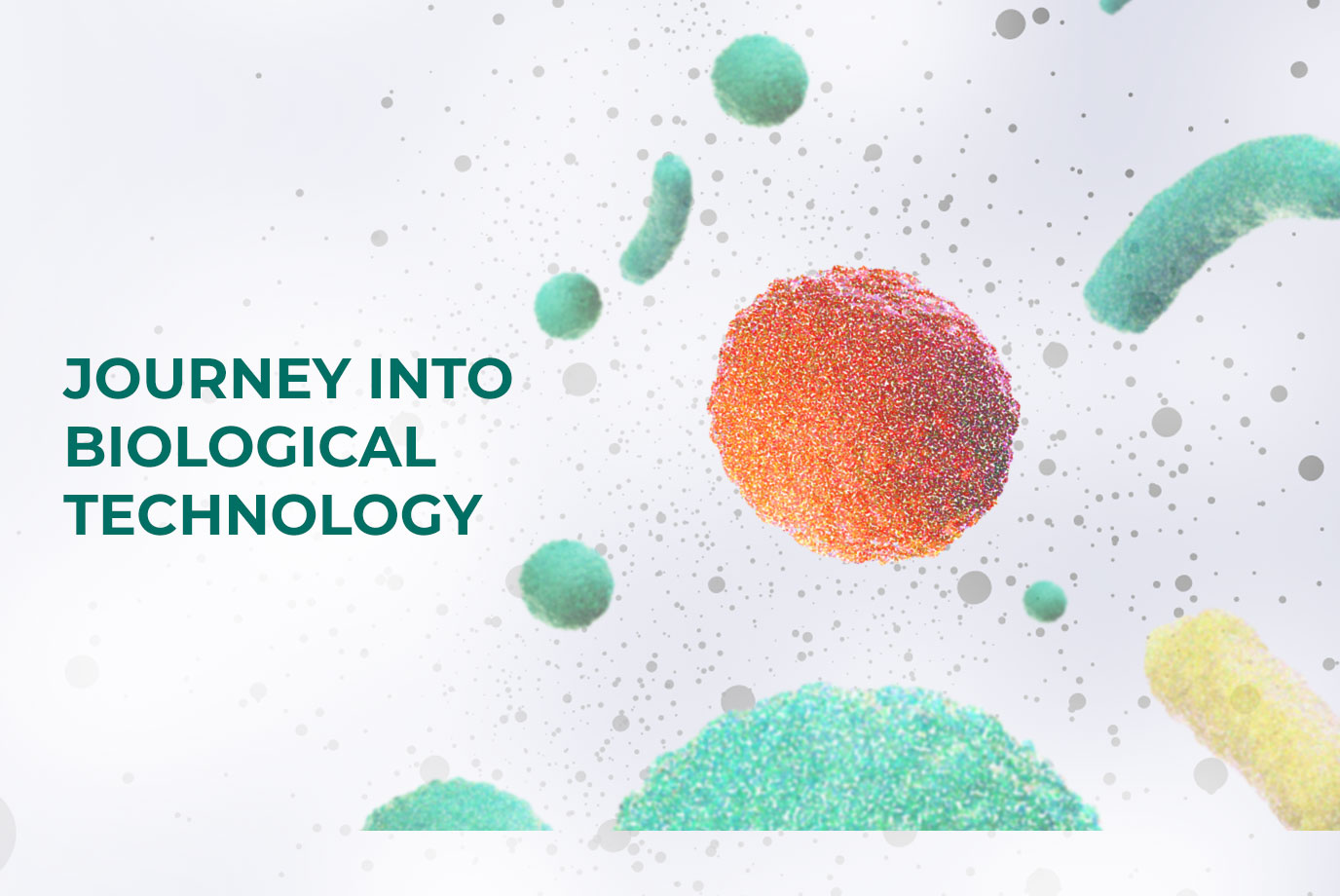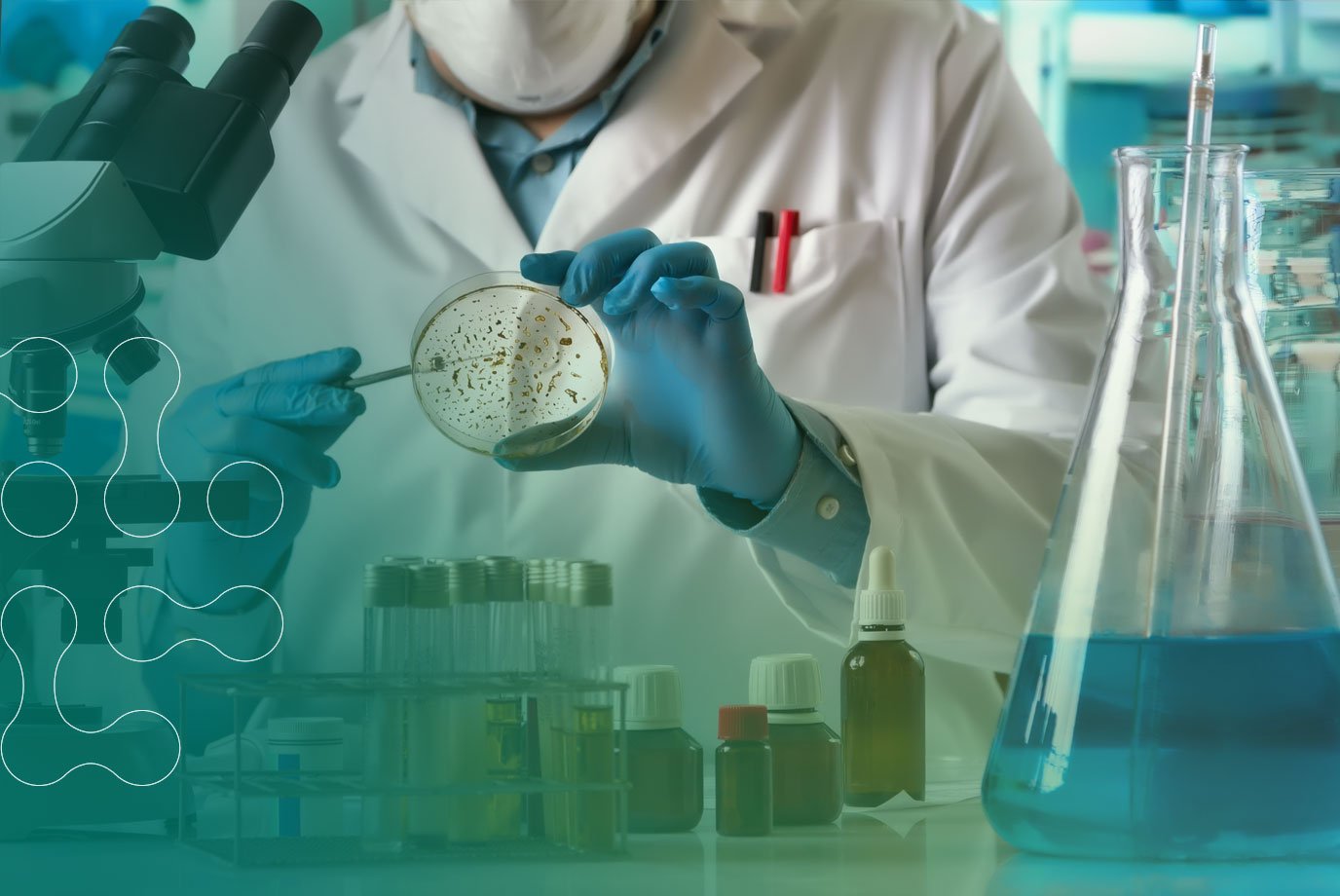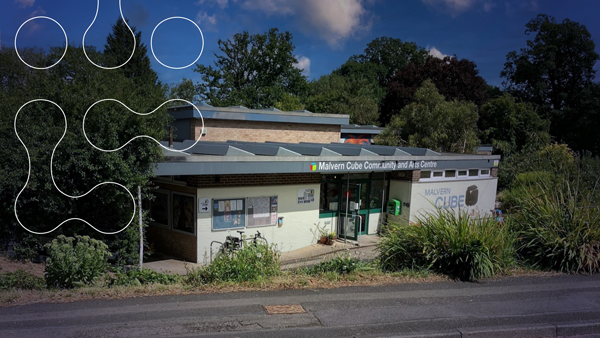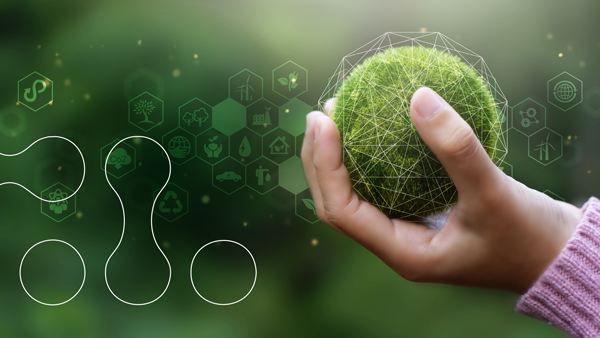Cleaning is no longer a background function in any industry; it makes or breaks a business, shaping safe, professional, and productive environments. It’s not just a matter of presentation, but a critical line of defence for public health, brand trust, and operational success.
While many businesses have raised their hygiene standards since 2020, far fewer have found the right training support to match. Chemical safety, proper handling, and compliance are often left to generic inductions or outdated wall charts, leaving staff vulnerable and businesses exposed to risk.
Understanding why cleaning operations must be supported with the right training, and the domino effect poor training can have on people, compliance, and performance, is essential for any forward-thinking organisation.
The Hidden Health Risks of Cleaning Chemicals
Cleaning is essential not just for aesthetics, but for public health and risk prevention. Poor hygiene can lead to illness outbreaks, reputational damage, and a loss of productivity. Whether it’s maintaining clinical standards in healthcare, safeguarding food safety in retail, or delivering guest satisfaction in hospitality, cleaning underpins critical business outcomes.
And yet the people carrying out these daily operations, frontline cleaning teams, are often at the highest risk. They handle powerful substances, frequently in confined or high-use environments, making them not only the frontline of cleaning operations, but also the first exposed to the hazards these substances carry.
Each year, over 3,000 serious injuries involving cleaning operatives are reported to the Health and Safety Executive (HSE), a figure likely underestimated due to underreporting. The risks are wide-ranging and well-documented.
A long-term study of more than 6,000 participants found that healthcare workers regularly exposed to cleaning products were up to 38% more likely to develop chronic obstructive pulmonary disease (COPD). Another study linked 1 in 7 cases of adult asthma to cleaning sprays.
The damage isn’t limited to the lungs. Skin is one of the most affected organs. A Swedish study found that 61% of workplace chemical exposure incidents involving cleaning products resulted in skin reactions, while 64% involved chemical burns. In the US, it’s estimated that more than 90% of work-related skin conditions, such as eczema and dermatitis, are caused by regular contact with harsh or irritating chemicals.
And emerging research is raising new concerns. Quaternary Ammonium Compounds (QUATs/QACs), a class of disinfectants that rose in popularity during the pandemic, are not only linked to triggering asthma symptoms; but now have been shown in animal studies to cross the blood-brain barrier and damage cells that protect nerve signals. While human studies are still underway, the findings highlight the need for caution and better-informed handling of these chemicals.
COSHH: The Law Behind the Labels
To protect workers from these risks, the UK introduced COSHH, the Control of Substances Hazardous to Health Regulations 2002. Under COSHH, any business that uses cleaning chemicals is legally required to assess risks, train staff, and implement safety measures to reduce harmful exposure.
This includes:
- Identifying hazardous substances and understanding how they can cause harm
- Providing suitable personal protective equipment (PPE)
- Ensuring correct storage, use, and disposal
- Delivering role-specific training and ongoing supervision
COSHH training covers:
- Risk assessments and exposure limits
- Safe handling and working procedures
- Emergency responses and first aid
- Health surveillance
- Storage, labelling, and disposal of chemicals
- Employee responsibilities and reporting requirements
Employers are required to ensure this training is not only delivered but also properly documented. Failure to comply puts employees at risk and exposes businesses to legal, financial, and reputational consequences. Beyond fines or enforcement, businesses face increased absenteeism, lost productivity, higher insurance premiums, and avoidable staff turnover.
What Can Businesses Do? A Smarter Way to Train
Training isn’t just a tick-box exercise, it’s one of the most important ways to protect your people, your business, and your reputation. But in fast-paced environments with complex risks and changing teams, traditional training tools often fall short. Paper-based COSHH sheets and generic wall charts rarely reflect the real-world tasks cleaners face every day.
To be effective, training needs to be accessible, task-specific, and easy to keep up to date. It should reflect the actual products in use, build confidence (not just compliance) and make it simple for managers to track who’s trained, and who needs support.
That’s why many organisations are turning to digital solutions. These platforms can bring together product guidance, safety information, and role-specific training in one place, reducing risk and making compliance far easier to manage.
BioLogix was developed in direct response to these challenges. It helps teams train in the context of their site, their products, and their real responsibilities, whether they’re cleaning front-of-house or high-risk areas. Managers can track progress instantly, update content as sites evolve, and stay confident they’re meeting legal obligations and best practice.
Conclusion: Training With Purpose
Cleaning is a high-risk, high-responsibility job, and it demands more than surface-level training. The health risks of chemical exposure are well documented. The laws protecting workers are clear. And yet, outdated, inconsistent training methods are still common in too many businesses.
If your team handles cleaning chemicals, your training needs to be specific, accessible, and auditable. It should reflect the real tasks your staff face, in the real environments they work in. Because when training falls short, accidents happen, and they’re not just statistics. They’re injuries, illnesses, and lost livelihoods. But with the right tools and the right approach, they’re preventable.
Speak to a BioHygiene expert to learn more about how BioLogix can support your teams. Reach out here.




